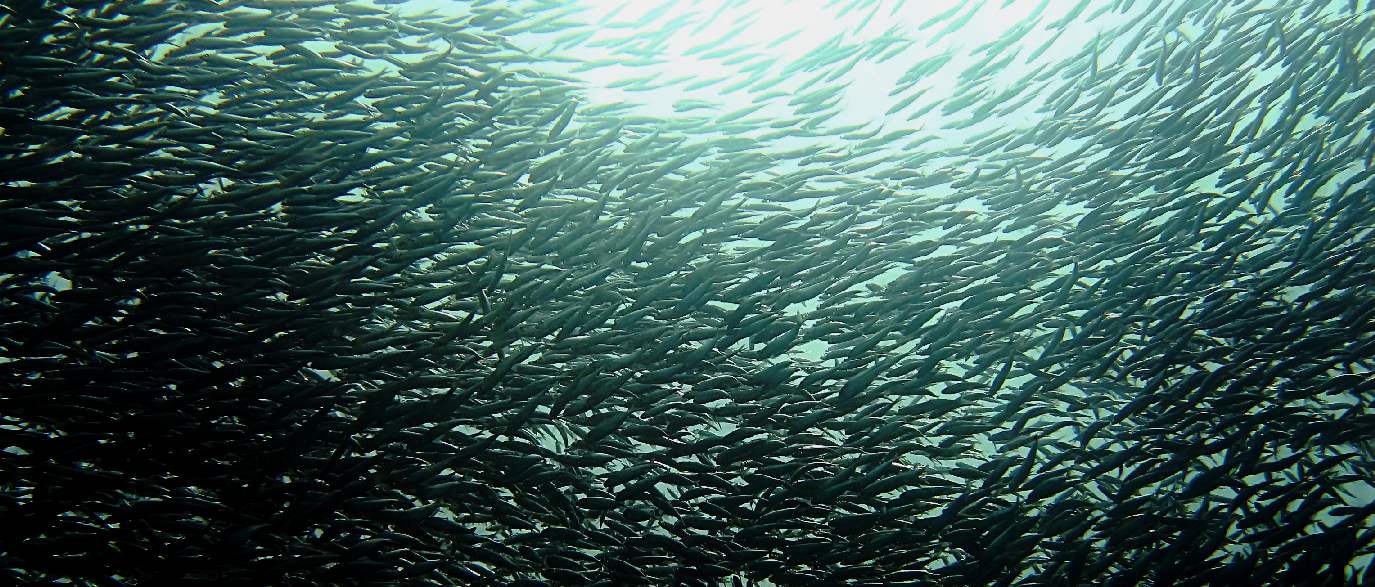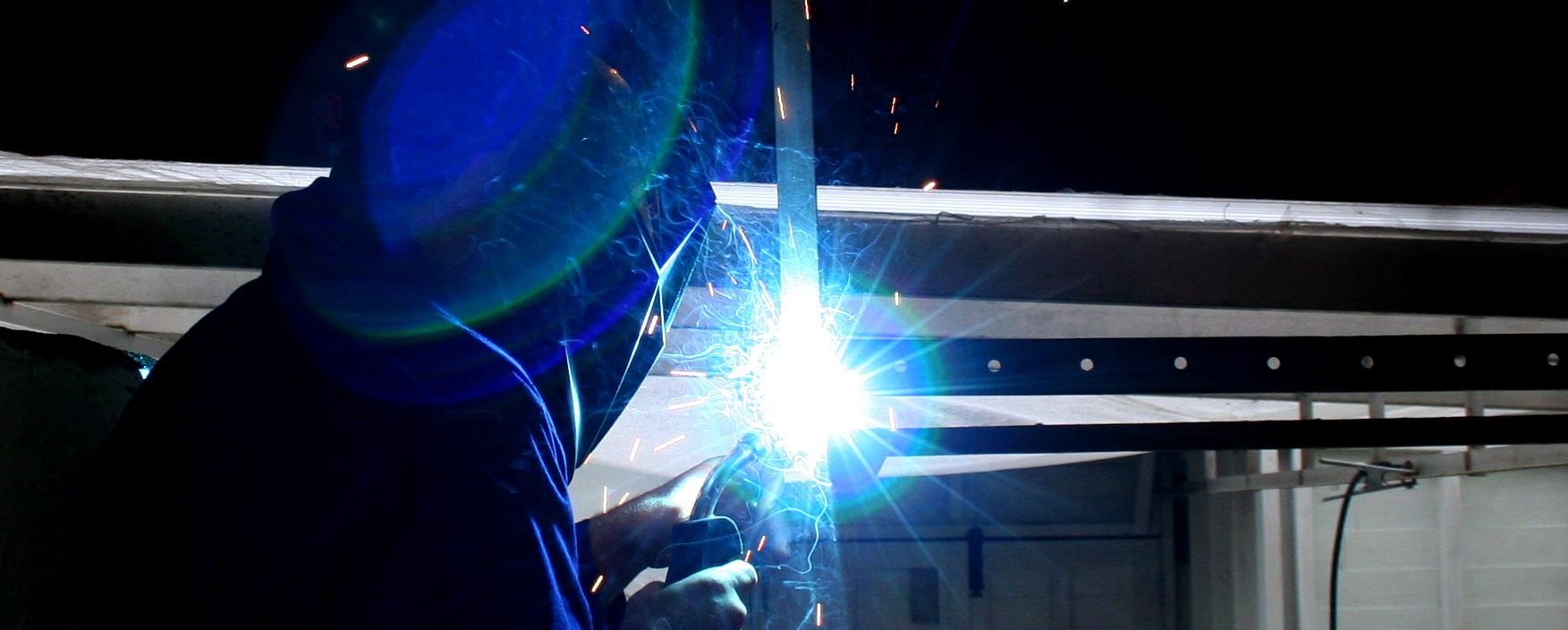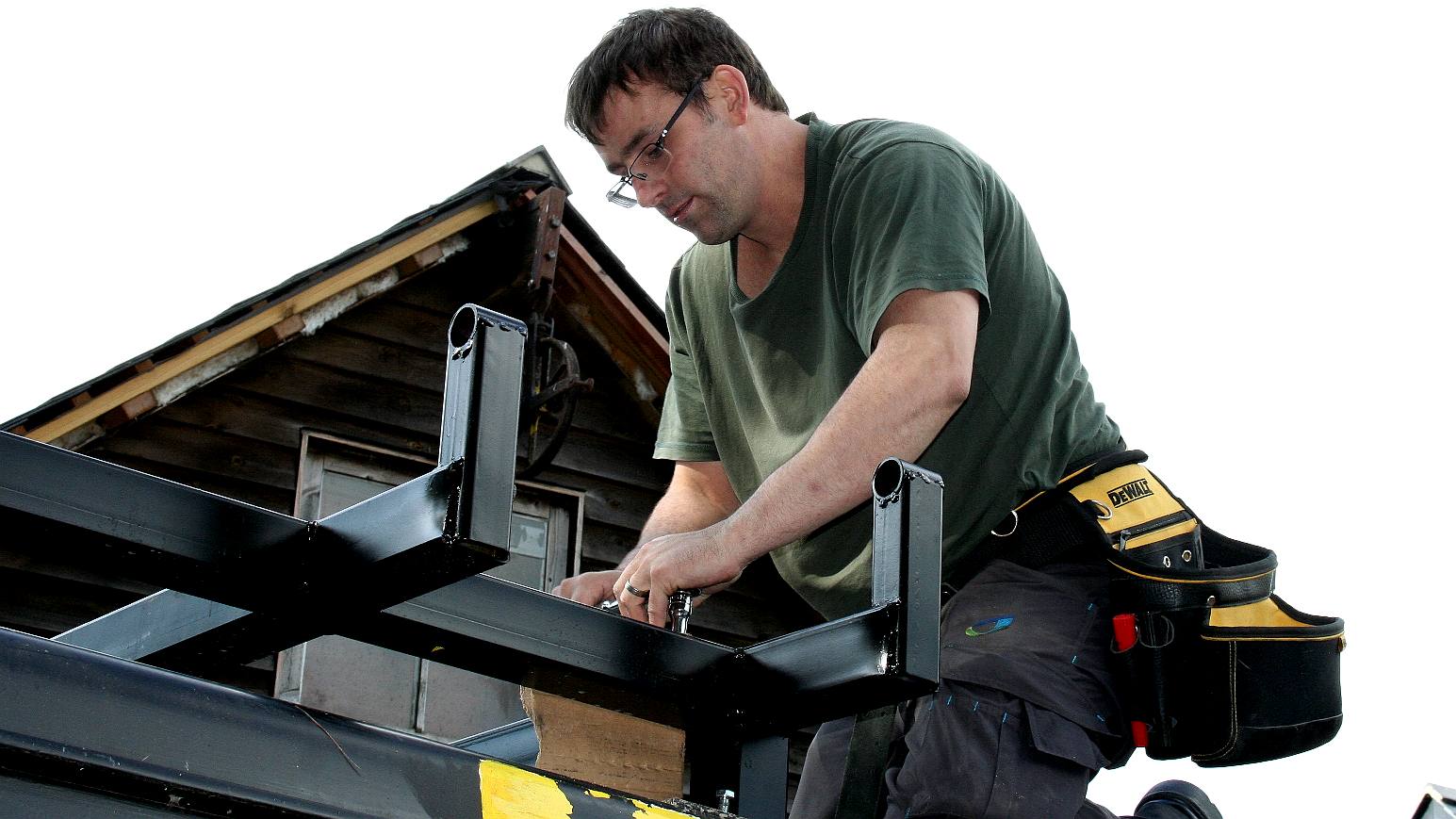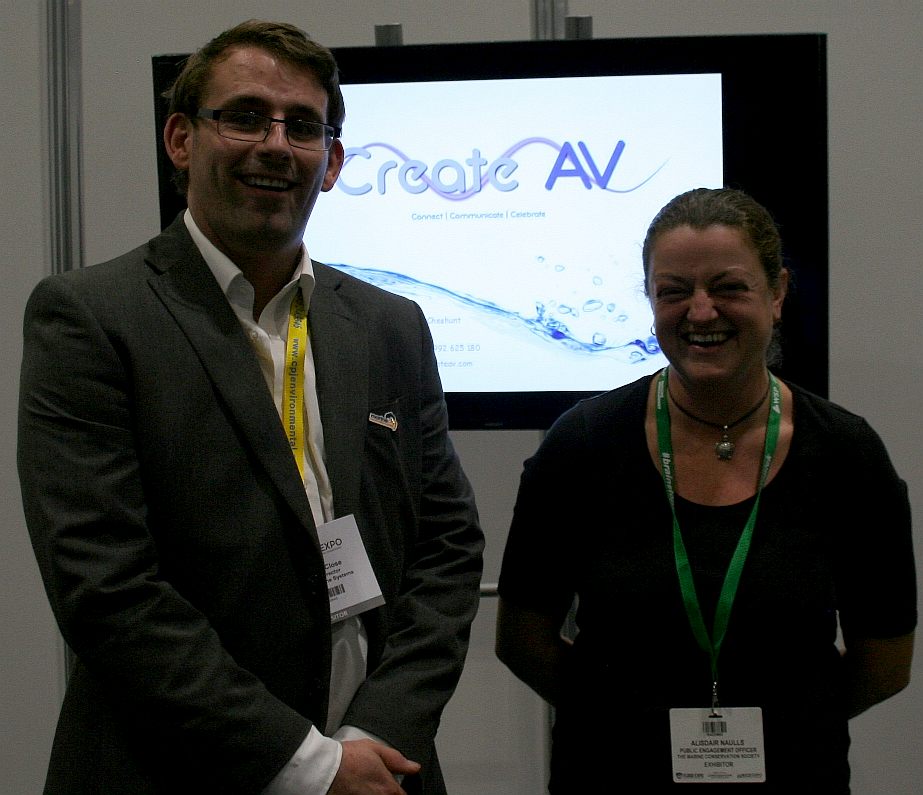|
CHRIS CLOSE
|
|
WHAT FUTURE OUR OCEANS? - The versatility of SeaVax™ is enhanced using a modular approach that helps us to develop these ocean going machines into an economic tool for the long-term prosperity of all fishing nations in the drive for a truly sustainable, circular economy.
ABOUT
Chris Close is a devoted husband and father and was the director of the SeaVax project at Bluebird Marine Systems Ltd (BMS) until 2017. He is also a skilled engineer and qualified gas fitter.
From 2018 Chris continued to volunteer and work on the SeaVax concept for the Cleaner Ocean Foundation.
BMS will be providing design and fabrication support to the Cleaner Oceans Foundation on a not for profit basis for the duration of any European funded programme, or any sponsor association, with Chris helping during these phases of the project. This is so long as the company continues to operate on ocean research projects.
SEAVAX
Chris became involved at a very early stage and became the project director helping to construct the exhibition stand from recycled parts and some of the SeaVax model.
In 2016 Avaaz offered to help raise funds to take the concept further and that led to a Horizon 2020 application - and is likely to lead to other drives to raise additional funds.
In 2016 Chris helped the team construct a robot lab and water test tank and built a model of the launch vehicle named AmphiMax, since it will be the world's largest amphibious vehicle when completed.
Currently the project is negotiating for a launch site, with agents instructed to pursue recently identified venues.
WELDING STAINLESS STEEL - Chris Close using a Weld-Tech inverter based welding machine with digital electronic controls to join the stainless steel uprights to the test-tank gantry rails. This 240 amp machine is suitable for use with a spool-on-gun, and is portable enough for operators to move around the site. These improvements to the water tank facilities are demountable, with the baffles and outboard motor based electric water drives also temporary installations, to enable the filming of various experiments set for 2018, provided that funding is achieved during this period.
EXPERIMENTAL RIG - This experimental solar and wind energy harvesting rig is being fitted to a Ford Transit van. The idea is to control two opposed solar arrays and two wind turbines by computer, using hydraulic actuators (rams & motors) powered by onboard pumps that are in turn powered from the electricity generated by this mobile generating unit. Belgian masters degree student Lolita D'Ortona is programming a Raspberry Pi to control the apparatus, using anemometers and other sensors to instruct the hydraulics to lift, lower and furl the wind turbines. May 2019
MARINE CONSERVATION SOCIETY - Chris with Emma Cunningham at the 2016 Marine and Coastal Expo at the Excel in London last year. Emma gave a superb talk about the efforts of the Marine Conservation Society to coordinate beach cleaning events and most importantly of all, to record that data so that meaningful efforts to cooperate with other organizations would give force to both national and international work to curb ocean plastic waste.
DC50 - A tribute to Donald Campbell on the 50th anniversary of his world land speed double (land and water speed records), the EcoStar DC50 is seen here in an early stage of construction with the team that helped to build her in 2014, including Christina Dusart, Nelson Kay, Terry Valeriano and Chris Close of course. The young man in the front is Ryan Dusart, a budding roboteer who is now learning how to program using Arduino computers.
JAMIE HUGHES - Seen here on the left, the youngest member of the SeaVax team in 2015 at Innovate UK, Old Billingsgate, London. Jamie extols the virtues of this splendid proof of concept model, explaining the features to visitors to the event. Chris was his mentor at this event.
LINKS & REFERENCE
https://www.facebook.com/chris.close.92
Copyright © May 2019 Cleaner Oceans Foundation.
|







